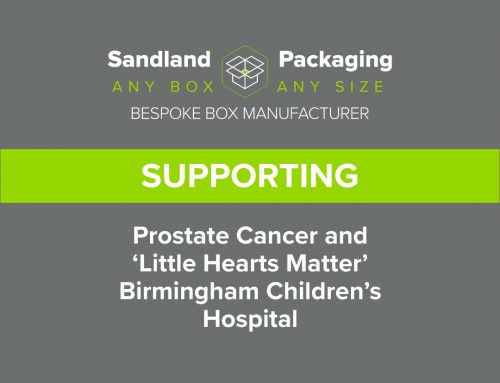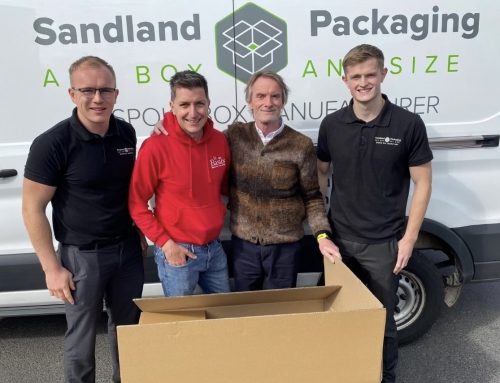
It’s a given that the primary function of packaging is to protect the product – but the best designs, that provide the most cost-effective, easy to use, carefully-crafted and aesthetically pleasing packaging, require experienced and detailed design consideration.
All aspects of the product’s requirements have to be considered – from how the packaging is stored and ease of assembly in production, to the sustainability of the material, through to how the packaged item will be stored and shipped. Below we’ve detailed five critical questions that need to be considered to make sure you get the best bespoke packaging for your high value products.
1. What special requirements does your product have?
Often items are better protected when their specific requirements are considered. For example, some electrical products need to be held in isolation from one another. A clever design will hold these items as closely as possible to minimise wasted space but keep the items apart to protect the products.
To see how we created bespoke packaging for toothbrushes, click here
The material of the product may need to be considered – if it is breakable, like glass drinks bottles, the packaging will need to be extra safe. Or it could be that the items are at risk of spilling or leaking, for example, paint tins. Additional consideration is needed here to make sure the containers are protected to prevent damage.
Sometimes a product’s packaging goes beyond just protection. For hazardous items, the packaging will need to be UN certified to be safe and compliant.
For some ecommerce items, the branding of the packaging is an essential consideration. Equally, industrial packaging may require labelling and instructions. Consequently, the packaging will need printing, with the information that will be useful to the recipient.
Find out more about printing on boxes here
2. Is it possible to eliminate single use plastic from your packaging?
To reduce waste, there’s a growing need to eliminate plastic from packaging wherever possible. Corrugated packaging presents an excellent alternative to traditional plastic packaging materials. Designers can incorporate innovative structural designs, fitments and closure mechanisms to replace plastic components. For instance, we’ll suggest using specially designed corrugated fitments, instead of polystyrene, so the whole box is fully recyclable.
By embracing plastic-free design principles, corrugated packaging can significantly reduce environmental impact while maintaining functionality and aesthetics.
3. What is the best corrugated material for your product?
The choice of materials plays a pivotal role in the sustainability and performance of corrugated packaging. Opting for responsibly sourced, FSC-certified material reinforces the commitment to environmental stewardship. It’s worth considering whether a heavier board can mean the box size can be reduced – although this may make the box cost slightly higher, with more items on a pallet, the transportation costs will reduce.
By carefully selecting materials, designers can create corrugated packaging that not only meets performance requirements but also aligns with sustainable principles.
4. What requirements does your operations team have?
Efficient handling and assembly on the shop floor are essential considerations in corrugated packaging design. Your team need to be able to access, set up and use packaging quickly and easily to keep production flowing. It’s worth considering structural integrity while minimising material waste and assembly time. Implementing standardised designs and intuitive folding mechanisms simplifies the assembly process, reducing labour costs and streamlining operations.
By considering operational efficiency, designers can improve productivity and mitigate workflow challenges.
5. How can we design for efficient transportation?
Transportation efficiency is critical in reducing carbon emissions and logistics costs associated with corrugated packaging. Designers can leverage structural design principles to maximise stackability and palletisation, thereby optimising space in transit and storage. Potential use of lightweight materials without compromising strength or heavier materials for smaller, stronger designed, ensures that the packaging contributes minimally to transportation-related emissions. Furthermore, adopting modular packaging solutions enables scalability and adaptability to varying transportation modes and load sizes. By focusing on transportation optimisation, designers can minimise environmental impact while enhancing supply chain efficiency.
Find out more about our Design Process
Designing great corrugated packaging requires a holistic approach that encompasses product fit, sustainability, materials selection, operational efficiency, and transportation optimisation. At Sandland Packaging, we integrate these strategies into the design process, so our packaging designers create solutions that not only meet functional requirements but also contribute to a more sustainable future.
Partner with Sustainable Packaging Experts
Get in touch
01902 496 925
sales@sandlandpackaging.co.uk






Leave A Comment